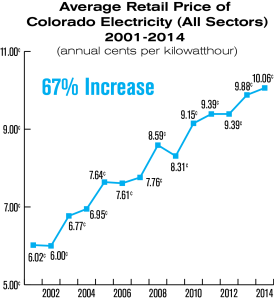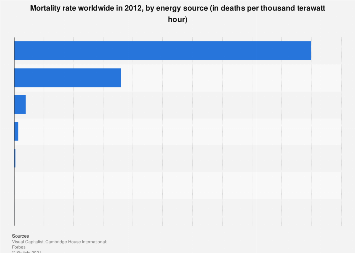A string inverter (likewise called a “focal inverter”) is an independent box that is regularly introduced near your principal administration board and electricity meter.
There is regularly just a single inverter, or perhaps two string inverters on each private solar establishment; it truly relies upon the general solar Pulse Power rates framework size.
A string inverter capacities in a series circuit, with there normally being 6 to 12 individual solar boards in what is known as a “series string.” SMA is the main producer of string inverters.
Benefits of string inverters
Simple to investigate
The principal benefit of a string inverter is that you just need one of them to change over the DC electricity coming from your solar exhibit to AC power. Assuming that anything will flop in a solar framework, it is probably going to be the inverter – making investigating moderately simple when things turn out badly.
Cost
Introducing a solitary string inverter on a solar board establishment is less expensive than introducing microinverters. Fewer work hours are required, and string inverters are more reasonable than numerous microinverters.
Lower likelihood of wiring disaster
There are fewer associations between solar boards and the string inverter. Along these lines, there’s a decreased opportunity that a string inverter arrangement will be inappropriately cabled, contrasted with a microinverter framework.
Disadvantages of string inverters
Consistency with fast closure necessities
On the off chance that you live in a space that complies with guidelines for quickly closing your framework down, extra work and wiring should be finished so your framework is inside consistence.

A fast closure box should be introduced close to the electrical help entry and control wires should be steered between the string inverter and electrical board.
Since there’s electricity moving from your boards and inside the string inverter itself, the inverter must be detached at both of these two better places.
Since the expense of adding quick closure prerequisites to your solar energy framework isn’t irrelevant, it’s essential to take a look at your neighborhood codes and ask your installer which kind of inverter framework will seem OK for you.
Proficiency in halfway shade
Since string inverters require solar boards to be wired in series, on the off chance that one solar board’s result is impacted, the whole series of solar boards are impacted in equivalent measure. This can represent a significant issue on the off chance that some piece of a solar board series will be concealed for part of the day. A micro inverter is the opposite of a string inverter.
More troublesome framework extension
To get ideal execution from a string inverter, it should be working close to its pinnacle limit. In this way, if you need to expand the size of your solar cluster sooner or later in the distance, those boards should be directed to a different string inverter, including extra intricacy and cost.
More limited life expectancy
String inverters are warranted to endure somewhere in the range of 8 and 12 years, while microinverters have a 25-year guarantee.
Framework observing
Board-level understanding is beyond the realm of possibilities with a string inverter framework since there are no parts joined to the rear of each board to finish the work.
While total solar creation is distinguishable, you will not have the option to check whether there are individual board execution issues that could be brought about by a break, imperfections, or trash.

